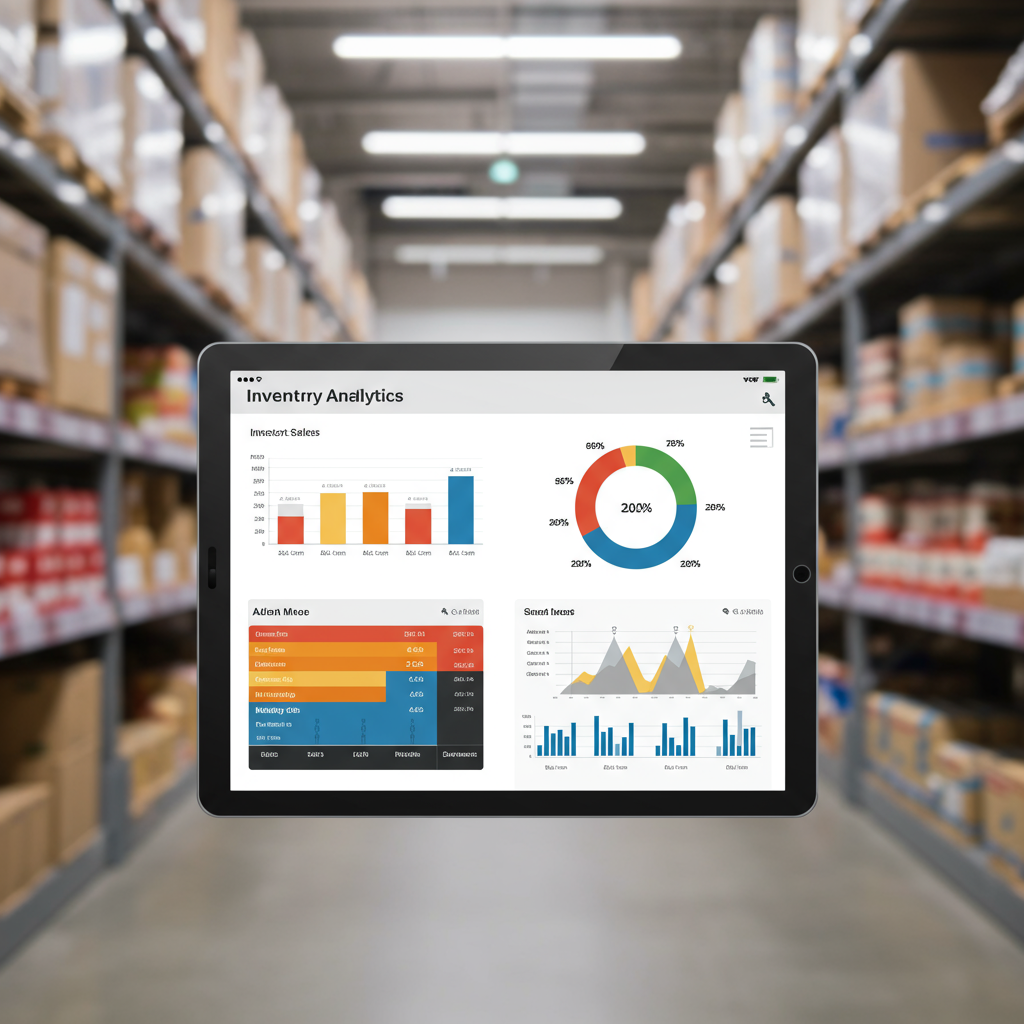My personal journey and review of essential tools for seamless inventory management on Shopify.
As a Shopify merchant, I’ve learned firsthand that managing inventory isn’t just a task; it’s the backbone of a successful e-commerce business.
It’s the difference between happy customers receiving their orders promptly and frustrated shoppers facing out-of-stock messages.
For a long time, I struggled with spreadsheets, manual updates, and the constant fear of overselling or, worse, having too much capital tied up in stagnant stock.
This manual approach was not only time-consuming but also prone to errors, leading to significant headaches and lost revenue.
That’s when I realized I needed a more robust solution: a dedicated inventory management app for my Shopify store.
The market is flooded with options, and navigating them can feel overwhelming. So, I decided to dive deep, explore, and review some of the top contenders.
My goal was to find tools that could automate processes, provide real-time insights, and ultimately free up my time to focus on growth.
Before I jump into specific apps, let’s talk about what I believe are the non-negotiable features every good inventory management system should offer.
First and foremost, real-time synchronization across all sales channels is critical. You need to know exactly what you have, where it is, and when it’s selling.
Multi-location support became essential for me as my business grew and I started stocking inventory in different warehouses or even pop-up shops.
The ability to handle product bundling and kitting is another powerful feature. Selling multiple items as a single unit requires smart inventory deduction.
Effective purchase order management helps streamline the reordering process, ensuring you never run out of popular items and can forecast demand accurately.
Robust reporting and analytics are invaluable. I rely on these insights to identify trends, understand product performance, and make data-driven decisions.
Automation, such as low-stock alerts and automated reordering suggestions, saves countless hours and prevents costly stockouts.
Seamless integrations with other tools like POS systems, accounting software, and shipping carriers are also vital for a cohesive operational flow.
Finally, user-friendliness and scalability are key. The app should be intuitive to use and capable of growing with your business without requiring a complete overhaul.
Now, let’s look at some of the apps I’ve explored and what I found particularly useful about them.
**Stock Sync** is an app I found incredibly useful for basic inventory synchronization, especially if you’re selling across multiple channels beyond Shopify. It’s straightforward for keeping stock levels consistent.
For businesses involved in manufacturing, **Katana MRP** stood out. It goes beyond simple inventory, helping manage raw materials, production orders, and finished goods. It’s a more complex, but powerful, solution.
**QuickBooks Commerce (formerly TradeGecko)** impressed me with its comprehensive features, particularly for B2B operations. It offers strong inventory control, order management, and even CRM capabilities.
If your focus is heavily on warehouse operations and accurate picking/packing, **SKULabs** is worth considering. Its scanning features and workflow optimization are top-notch for physical inventory handling.
**Ordoro** is another app I looked at, especially appealing for businesses that need strong shipping integration alongside inventory management. It handles dropshipping workflows quite well too.
And then there’s **Inventory Planner**, which isn’t just about tracking; it’s about forecasting. This app uses historical data to predict future demand, helping you optimize purchasing and avoid overstocking.
Choosing the right app really boils down to your specific business needs, budget, and the complexity of your inventory. There’s no one-size-fits-all solution.
I recommend starting with a clear list of your pain points and desired features. Many apps offer free trials, which is an excellent way to test them out in your actual business environment.
Don’t rush the decision. Consider how easily you can migrate your existing data and whether the app’s interface aligns with your team’s comfort level.
Implementing a new system can feel daunting, but the long-term benefits of improved efficiency, reduced errors, and better cash flow are undeniable.
My journey through these apps has shown me that investing in the right inventory management solution is not an expense, but a strategic investment in your business’s future.
It frees you from the daily grind of manual tracking and allows you to focus on what truly matters: growing your brand and serving your customers.
What do you think about this article? Have you used any of these apps, or do you have other recommendations? I’d love to hear your thoughts.






